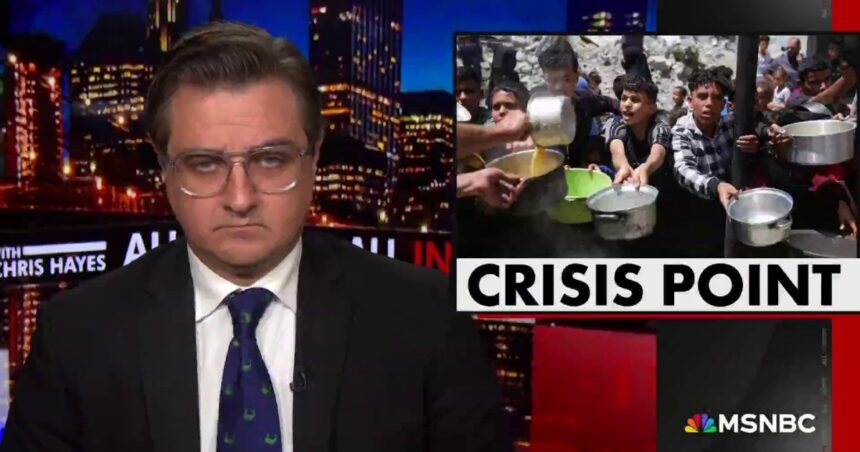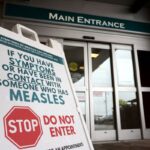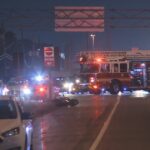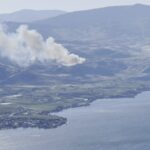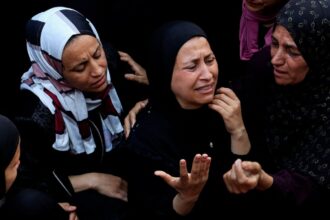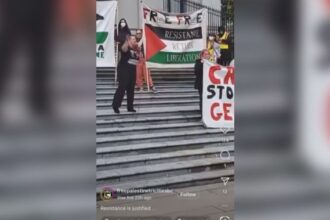In the predawn darkness of February 29, what began as a desperate gathering for humanitarian aid in Gaza City transformed into a scene of chaos and bloodshed that would draw international condemnation. As new information continues to surface about the incident that left over 100 Palestinians dead and hundreds more wounded, the full picture of what transpired during the food distribution is becoming increasingly complex and disturbing.
Eyewitness accounts describe thousands of hungry Gazans converging on the coastal road where aid trucks were scheduled to arrive. “People were desperate—we had been waiting for hours in the cold,” said Mohammed Saleh, a 34-year-old father of three who survived the incident with injuries. “We just wanted flour and rice for our children.”
According to investigations by multiple human rights organizations, the situation deteriorated rapidly when the convoy of approximately 30 aid trucks approached. Initial reports suggested shots were fired as crowds surged forward, creating a chaotic scramble that resulted in people being crushed. However, forensic evidence now indicates that many victims sustained gunshot wounds consistent with high-caliber weapons.
The Israeli Defense Forces initially stated that troops fired warning shots after feeling threatened by the rapidly advancing crowd. A military spokesperson claimed, “Our forces took measured actions to protect both themselves and the humanitarian mission.” This account has been challenged by aid workers present at the scene who report no provocation from civilians prior to the gunfire.
The humanitarian crisis in Gaza has reached catastrophic proportions, with the UN World Food Programme warning that 95% of the population faces severe food insecurity. This tragic incident occurred against a backdrop of collapsed infrastructure, destroyed medical facilities, and severely restricted aid access that has characterized the region since October.
International response has been swift and unified in calling for a full, independent investigation. The United Nations Security Council convened an emergency session, with Secretary-General António Guterres describing the incident as “horrific” and demanding accountability. The European Union, United States, and multiple humanitarian organizations have echoed these calls while emphasizing the urgent need for unimpeded aid delivery.
The aftermath has raised troubling questions about the protection of civilians in conflict zones and the obligations of occupying powers under international humanitarian law. Legal experts from the International Committee of the Red Cross point to specific provisions of the Geneva Conventions that mandate the protection of humanitarian aid operations and prohibit attacks on civilians seeking basic necessities.
As families bury their dead and Gaza’s overwhelmed hospitals struggle to treat the wounded, the incident has intensified diplomatic pressure for both an immediate ceasefire and a sustainable solution to the humanitarian crisis. Aid organizations report that the flow of supplies remains woefully inadequate, with medical supplies, food, and clean water still well below minimum survival requirements.
This tragedy raises a profound question for the international community: In a world where we have established clear humanitarian principles and laws of war, how do we ensure accountability when those principles are violated and prevent such devastating events from recurring in the future?
For ongoing coverage of humanitarian developments in Gaza and the Middle East, visit our World News section.

